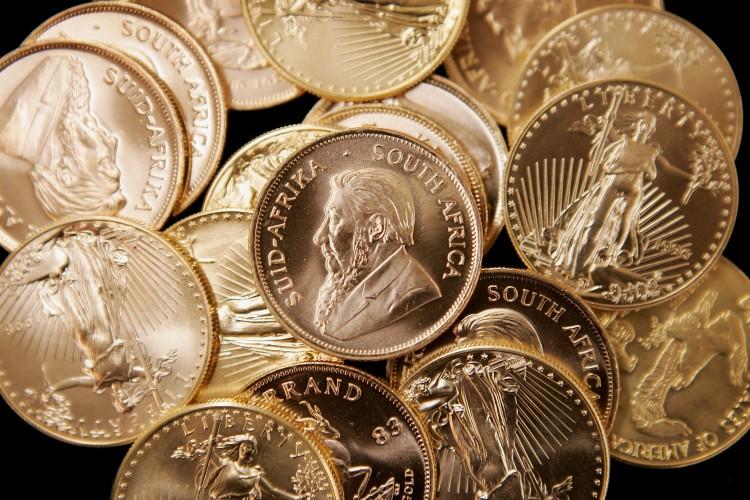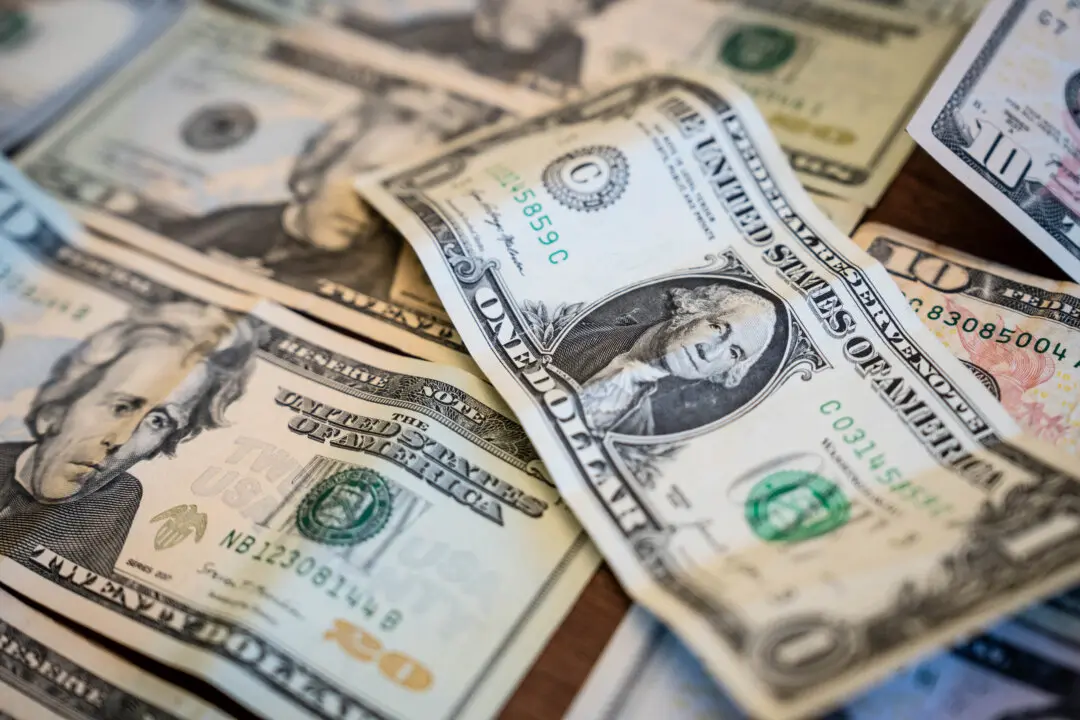After a stock market bull run, a strengthening U.S. dollar, and immense investor confidence weighed on gold prices for much of 2021, a surge in global inflation and growing economic concerns have sparked a more than 5 percent gain for the metal.
After recently hitting its best level since the middle of June, some market analysts have turned bullish on gold’s prospects, anticipating a breakout rally.





